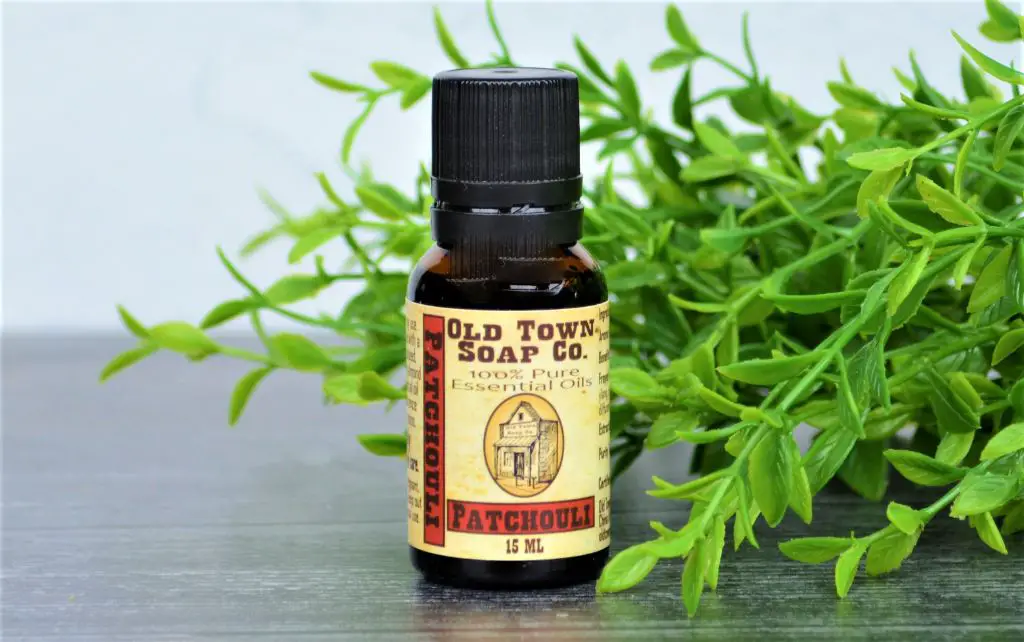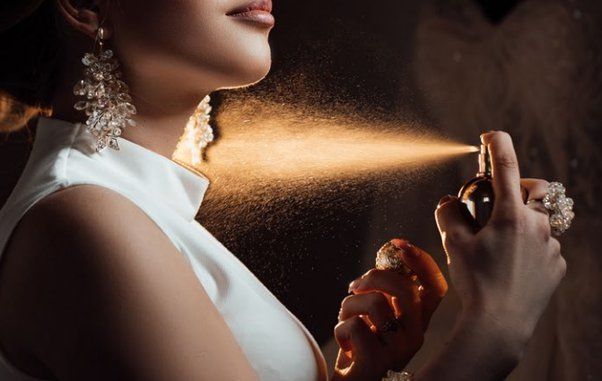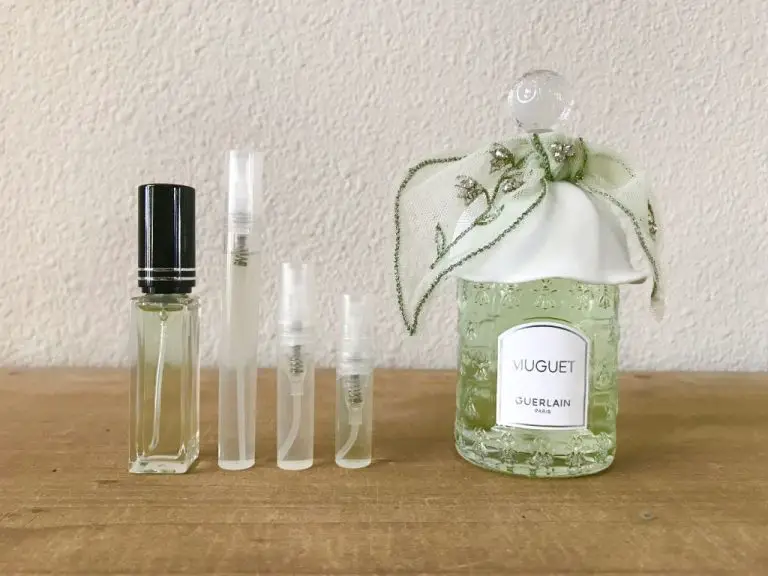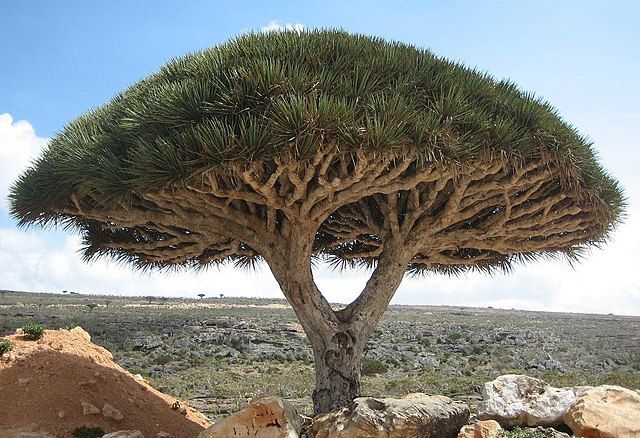What Scents Do Essential Oils Come In?
Essential oils are concentrated extracts derived from the roots, leaves, seeds, or blossoms of plants. They have been used for centuries across diverse cultures for their therapeutic benefits and aromatic properties.
The use of essential oils dates back to ancient Egypt, where they were part of beauty rituals, religious ceremonies, and medical treatments. Essential oils were also widely used for their fragrance and medicinal purposes in ancient China, India, Greece, and Rome.
Today, essential oils come in a wide variety of scents. Some of the most popular categories include floral, citrus, herbal, woodsy, earthy, and spicy blends. When extracted properly through distillation or cold pressing, essential oils capture the plant’s unique fragrance and “essence” in a highly concentrated form.
This article will provide an overview of some of the most common essential oil scent varieties and how they are produced.
Floral Scents
Some of the most popular essential oils come from flowers. These floral essential oils are prized for their beautiful aromas and therapeutic benefits.
Rose oil is one of the most expensive yet most sought-after floral oils. It has a rich, sweet, floral aroma and is believed to help promote emotional wellbeing and relaxation (https://bouqs.com/blog/our-favorite-floral-essential-oils/).
Jasmine oil has an exotic, heady floral scent and is often blended with rose oil. Together, these two floral oils create an uplifting yet soothing aroma (https://www.lovingessentialoils.com/blogs/aromatherapy-news/jasmine-essential-oil-blends-well-with).
Lavender is arguably the most versatile and popular floral essential oil. With its fresh, floral, herbaceous notes, lavender oil promotes calmness and relaxation (https://www.aromatics.com/blogs/wellness/heart-notes-how-floral-essential-oils-nurture-emotions).
Geranium oil has a sweet, floral rose-like scent. It is thought to help ease stress and anxiety. Ylang ylang oil has an exotic floral aroma and may help lift moods and reduce nervous tension.
Citrus Scents
Some of the most popular essential oils fall into the bright, uplifting citrus scent category. Citrus oils are extracted from the rinds of citrus fruits and capture their fresh, tangy essences. These oils are valued for their ability to energize and bring a sense of joy and optimism. Let’s explore some of the most common citrus essential oils:
Sweet orange essential oil (Citrus sinensis) has a sweet, fresh orange peel aroma. It is one of the most versatile and widely used citrus oils. Orange oil promotes feelings of happiness and warmth. It blends well with floral, spice, mint and other citrus oils. Some popular uses are in stress relief, aromatherapy and household cleaning products.
Lemon essential oil (Citrus limon) has a light, sparkling citrus scent. This oil has cleansing and purifying properties. It is also used to boost energy and lift mood. Lemon oil combines well with eucalyptus, lavender, bergamot and other citrus oils. It is popular in household cleaners, air fresheners and beauty products.
Grapefruit essential oil (Citrus paradisi) has an invigorating scent reminiscent of the fruit’s flesh and juice. It promotes feelings of energy and alertness. This citrusy, bitter oil blends well with lime, lavender and geranium. It is often found in skin and hair products.
Lime essential oil (Citrus aurantifolia) has an intense, sharp citrus aroma. Lime oil can help purify the air. It is known for its ability to uplift mood and enhance concentration. This oil blends well with lavender, clary sage and other citrus oils. It is popularly used in cleaning products, aromatherapy and fragrances.
Bergamot essential oil (Citrus bergamia) has a bright yet delicate citrus scent. It offers calming and relaxing properties while providing an uplift in mood. Bergamot combines well with vetiver, clary sage, cypress and geranium oils. It is commonly used in perfumes, cosmetics and aromatherapy blends.
With their joyful scents and myriad uses, it’s easy to see why citrus oils like orange, lemon, grapefruit, lime and bergamot are go-to choices among essential oil users.
Herbal Scents
Some of the most popular herbal essential oils include basil, peppermint, rosemary, thyme, and oregano. These herbal oils are known for their fresh, invigorating aromas.
Basil has a sweet yet spicy aroma that can help promote focus and alertness. It is commonly used in aromatherapy for its clarifying effects (https://meersahib.com/health-and-fitness/classification-of-essential-oils/).
Peppermint is one of the most versatile essential oils. With its menthol scent, it provides a cooling sensation and is believed to help improve energy levels. Peppermint is also used to help relieve headaches (https://ashiraliving.com/products/ashira-herbal-kit).
Rosemary has a woody, evergreen-like scent and is said to help improve memory and brain function. It may also help reduce stress and anxiety (https://www.facebook.com/marketplace/item/4714189781932060/).
Thyme and oregano are other herbaceous oils valued for their antioxidant and antimicrobial properties. Their earthy scents can promote overall wellness.
Woodsy Scents
Essential oils with woodsy, earthy scents are extracted from trees, resins, barks, and roots. These warm, calming oils evoke feelings of being outdoors surrounded by nature. Some of the most popular woodsy essential oils include:
Cedarwood – Derived from cedar trees, cedarwood essential oil has a woody, balsamic scent. It promotes relaxation and sleep. Cedarwood oil is also used to repel insects. [1]
Sandalwood – With a rich, sweet, woody aroma, sandalwood essential oil is very grounding. It is used in skincare, perfumes, and for meditation. Sandalwood promotes calmness and relaxation. [2]
Pine – Extracted from pine needles, pine essential oil has an energizing, forest-like scent. It helps clear the airways and can be used in cleaning products. Pine oil also has warming properties.
Cypress – Cypress essential oil has a clean, woody aroma. It is known for its grounding effects and ability to ease anxious feelings. Cypress oil is also added to lotions, soaps, and cosmetics.
Fir – Fir essential oil comes from fir tree needles and branches. It has a fresh, Christmas tree-like scent. Fir oil helps relieve coughs and colds. It also has a calming effect.
Earthy Scents
Earthy essential oils are known for their deep, rich, and grounding aromas reminiscent of the outdoors. Some of the most popular earthy essential oils include patchouli, vetiver, oakmoss, and angelica root.
Patchouli essential oil has an intense musky-earthy aroma. It is extracted from the leaves of the patchouli plant through steam distillation. Patchouli oil is commonly used in perfumes and incense. It is also prized for its skin-soothing properties. Some key benefits of patchouli oil include reducing inflammation, fighting fungal infections, and healing wounds and sores (Source).

Vetiver essential oil is distilled from the roots of the vetiver grass. It has a deep, earthy, woody scent reminiscent of wet soil. Vetiver oil is known for its calming and grounding effects on the mind and body. It also has antiseptic and anti-inflammatory properties.
Oakmoss essential oil is derived from lichen that grows on oak trees. It has an intense, woodsy, mossy fragrance. Oakmoss oil is commonly used as a base note in fragrances. It also has skin-conditioning properties.
Angelica root essential oil has a rich, herbaceous aroma. It is extracted from the roots of the angelica plant. Angelica root oil is appreciated for its calming and relaxing effects. It also helps promote circulation and digestion.
Spicy Scents
Some of the most popular spicy essential oils include cinnamon, clove, black pepper, cardamom, and ginger. These oils are known for their warming, stimulating properties and spicy-sweet aromas.
Cinnamon essential oil, in particular, is derived from the bark of the cinnamon plant and has a distinctive spicy aroma and flavor. It has been used for centuries for its blood sugar-regulating effects and to promote circulation. Cinnamon oil blends well with citrus, wood, mint, and floral oils.
Clove essential oil is distilled from clove buds and has pain-relieving qualities. It is commonly used in dental preparations and added to spice blends. The sweet, spicy aroma of clove complements citrus and floral scents.
Black pepper essential oil is distilled from black peppercorns and has a sharp, spicy aroma. It is energizing and stimulating when used aromatically. Black pepper oil combines well with frankincense, sandalwood, rose, and orange oils.
Cardamom essential oil has a warm, spicy-sweet scent derived from cardamom seeds. It is traditionally used to support healthy respiratory and digestive function. Cardamom oil blends well with bergamot, orange, cypress, and cedarwood oils.
Ginger essential oil is extracted from ginger root and has a warm, spicy, and woody aroma. It is known for its soothing properties and ability to ease nausea. Ginger oil mixes well with lemon, rose, frankincense, and sandalwood oils.
Blends
Essential oils are often blended together to create synergistic effects and target multiple issues. Some popular pre-blended essential oils include (source):
- Thieves – A blend of clove, lemon, cinnamon bark, eucalyptus, and rosemary. It’s commonly used to support healthy immune system function.
- Stress Relief – A blend of lavender, cedarwood, sweet marjoram, roman chamomile, ylang ylang, frankincense, and vanilla bean extracts. It’s calming and promotes relaxation.
- Breathe – A respiratory blend of laurel leaf, eucalyptus, peppermint, lemon, cardamom, ravensara, and ravintsara. It opens airways and eases breathing.
Popular blends are also available from companies like Edens Garden (source) and Moon Dance Botanicals (source). When blended expertly, essential oils work together to provide targeted benefits.
How Scents Are Extracted
There are several methods used to extract essential oils from plants, including steam distillation, cold pressing, and solvent extraction.
Steam distillation is the most common method. The plant material is placed in a still and steam is forced through it. The hot steam helps to release the aromatic compounds from the plant material. The steam then condenses and the water and essential oil are separated. This method is used for many leafy and woody plant materials like peppermint, lavender, and eucalyptus.
Cold pressing is used to extract the oils from citrus rinds like orange, lemon, and grapefruit. The rinds are pressed to rupture the oil glands and collect the released oil. This method helps maintain the natural scent compounds in the oils.
Solvent extraction uses solvents like hexane or ethanol to dissolve the essential oils from plant material. The solvent is then evaporated off, leaving behind the concentrated oil. This method is less common today due to safety concerns around solvent residues. However, it is sometimes used for delicate flowers like jasmine and tuberose which would be damaged by distillation.
(https://www.newdirectionsaromatics.com/blog/articles/how-essential-oils-are-made.html)
Conclusion
In summary, essential oils offer a diverse range of natural scents to suit different tastes and purposes. From bright, uplifting citrus oils like lemon and grapefruit, to soothing floral oils like lavender and geranium, to earthy, grounding scents like cedarwood and patchouli, there are essential oils to evoke just about any mood or atmosphere. Essential oil scents can be combined in creative blends for additional complexity. The wide variety of scents comes from the many different plants that essential oils are extracted from through distillation methods. When pure and high quality, essential oils provide fragrant options to scent your home and body in a natural way.





